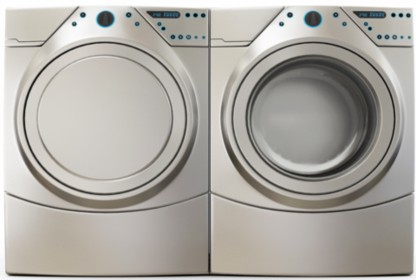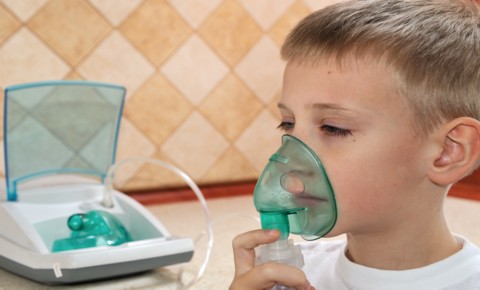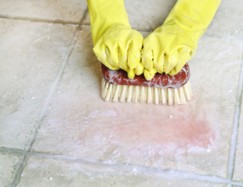- sales@HoustonSteamCleaning.com
- 281-989-8318
Chimney Sweeps

Fire Hazard
Over 24,000 home fires annually are directly connected to chimney fires.
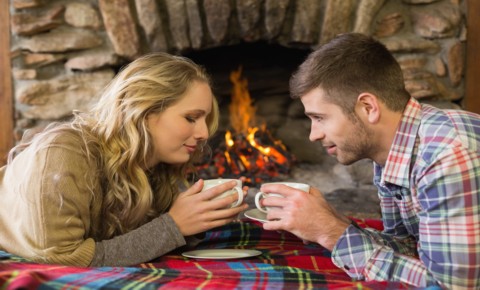
Enjoy Your Fire Place
Learn the safety rules so you can enjoy your fire place.
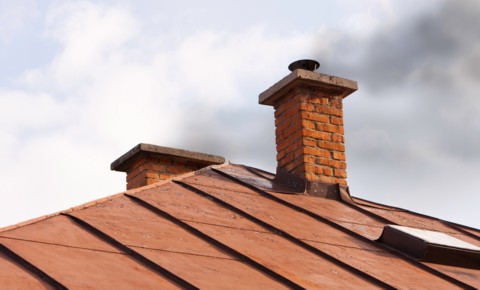
Prevent Home Fires
Keep your chimney well maintained and inspect it once a year to prevent home fires.
There really is nothing like a warming fire on a winter's eve. As you add logs to the flames, the sparks rise up and it provides such a comforting experience but this could be very misleading as over 24,000 home fires a year are connected directly to chimneys resulting in over $30.8 million dollars in property loss and deaths.
The Dangers of Chimneys
Dirty chimneys can cause chimney fires, which damage structures, destroy homes and injure or kill people.* From the the Chimney safety institute of America (CSIA)
If you don't have your chimney cleaned regularly, then you could be putting yourself at risk. That warming image could easily turn into a flammable nightmare. You may have creosote deposits in your chimney liner, or you may even have a birds nest built into your shaft. You will also find that cracks in the ceramic tiles around your chimney can leak carbon monoxide into your home, posing as a definite health risk. Unless you look at the liner inside your chimney, you have no way of telling whether or not you are at risk. This is something you should never do yourself, so it is always important that you hire a professional.
A Complete Chimney Clean
Many people come to us and say "I need to clean my chimney, how do I do this"? The truth is, it is never safe to clean your own chimney, and it could be doing more harm than good. You could risk ash stains on your carpet, and you could also risk damaging your system. Our chimney sweeps will remove any deposits and debris without making any mess. We will also put cloths down over your carpet, before using a powerful vacuum system to remove any ash that might have escaped.


